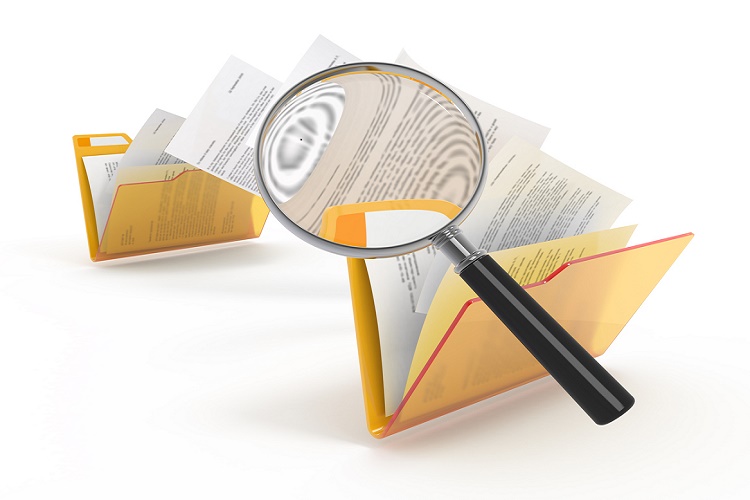A push to include “data availability statements” in journal articles, to help improve the reproducibility of published studies, has done little to boost researchers’ access to each other’s underpinning findings.
A study by analytics company Digital Science has found that the coronavirus pandemic spurred rapid growth in the adoption of data availability statements, with their prevalence more than doubling in 2021. Nevertheless, their use remains patchy, ranging from 98 per cent of papers at one publisher to 14 per cent at another.
And their impact is even patchier. An analysis of journals in the chemical sciences found that data availability statements were present in about 93 per cent of the papers produced by AIP Publishing, 86 per cent at MDPI and 28 per cent at Springer Nature. In all three cases, only about 5 per cent of the papers featured links to online repositories containing the data, with a temporary hosting service called GitHub among the most popular.
“Just because you require a data availability statement doesn’t mean the data are going to be more likely to be there,” Leslie McIntosh, Digital Science’s vice-president of research integrity, told an Australian webinar.


